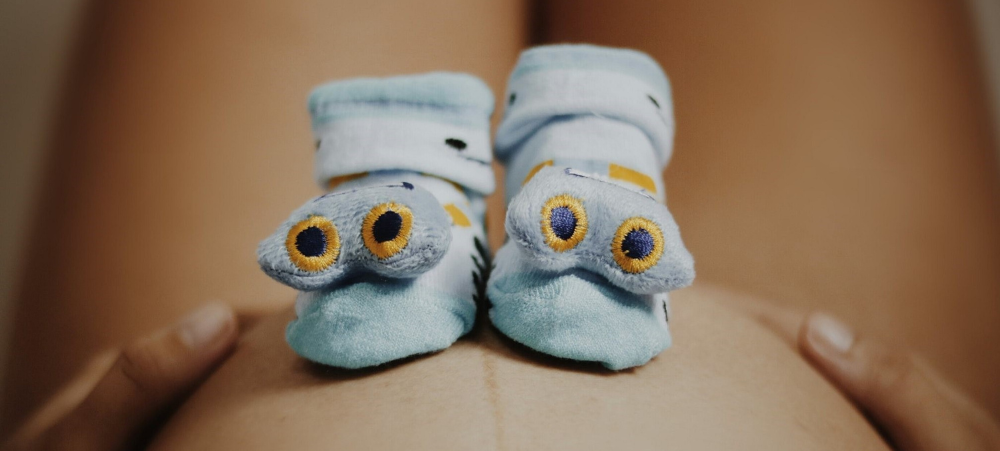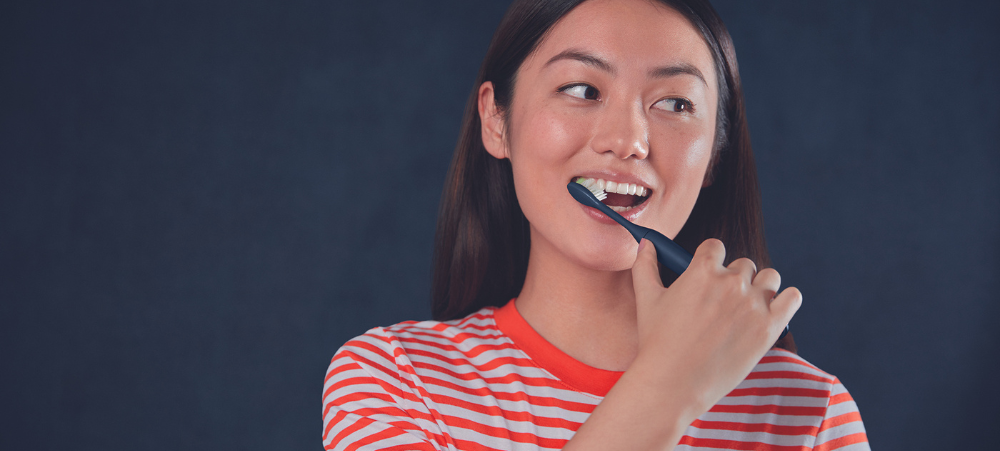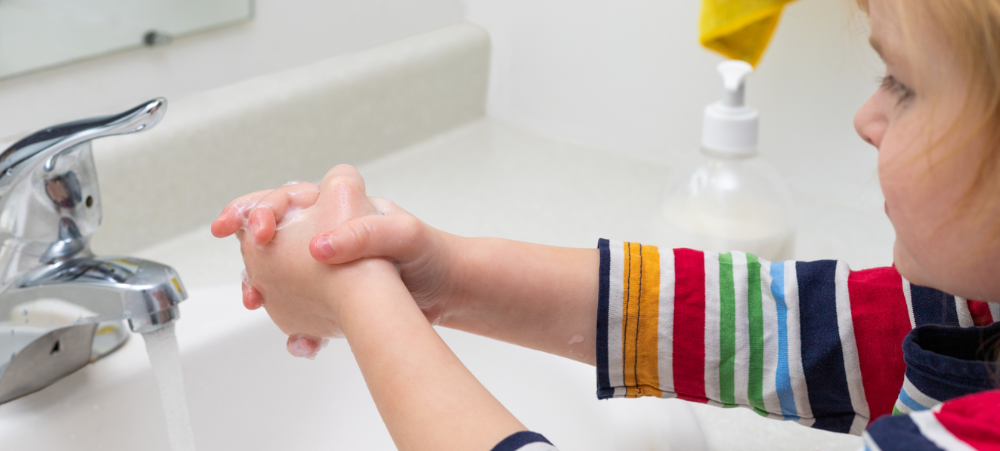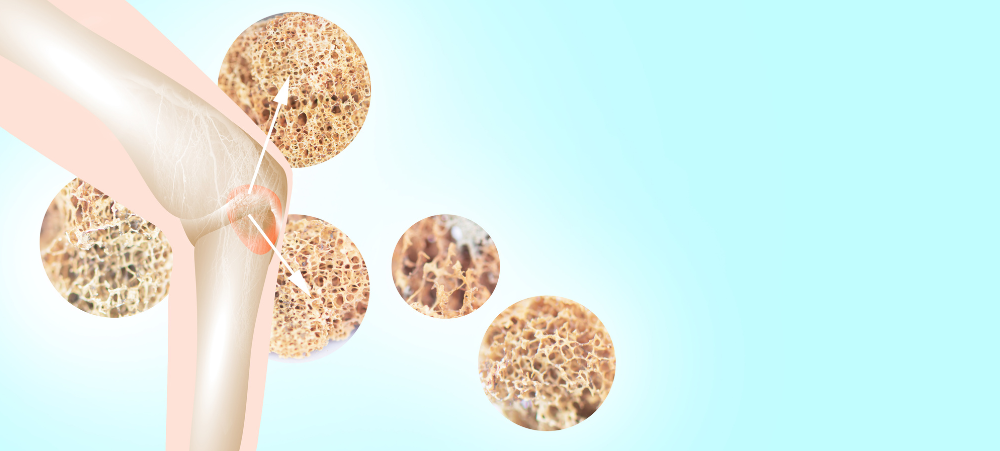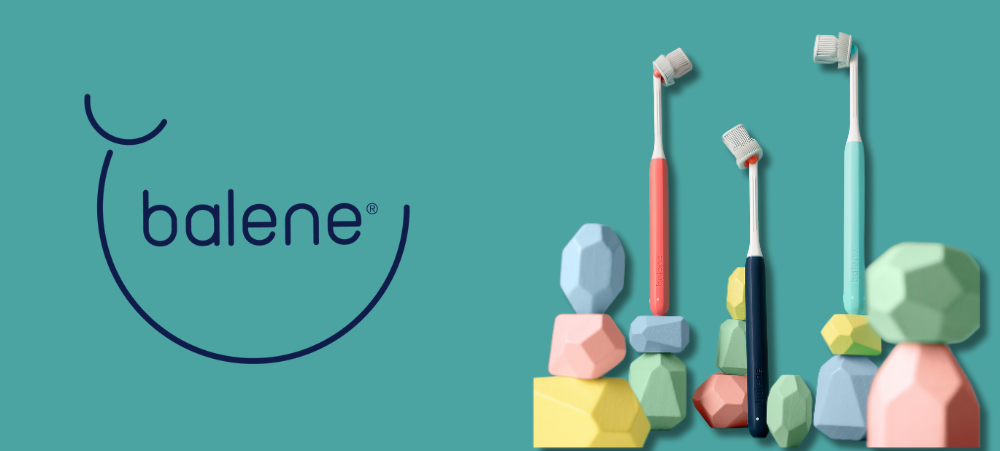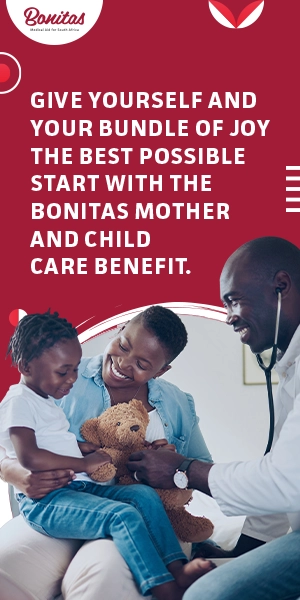Vegan-based diets are becoming more popular, especially in South Africa, where more than 100 000 vegan mothers gave birth in 2020. But can you raise a healthy vegan baby? The answer is yes if you take care of their nutritional needs for growth and development. A vegan diet for babies must be well-planned and balanced, and you should seek support from a registered dietitian with experience in pediatrics. Gestation: If you are a vegan mum, you should ensure that you eat a well-balanced diet and increase your intake of certain nutrients during pregnancy. Your daily nutrient requirements increase considerably when you are expecting. You need more iron, folic acid, B12 and other B vitamins, vitamins A, C and D, plus extra protein, and calcium. Some nutrients, like selenium and iodine, can be passed on through your breast milk, but it may be worth seeking professional advice from a registered dietitian to ensure that your diet contains enough for you and your baby. Typical adult vegan diets tend to be low in fat and high in fibre, which is not suitable for growing children, who need a lot more energy and nutrients from food to meet their nutritional requirements for normal growth and development. Vegan diets are naturally high in fibre and too much fibre can fill little tummies quickly, curbing appetite and stopping them from eating enough to get adequate nutrients. Breastfeeding is best for vegan babies, and you should try to breast feed as long as you can and continue to supplement solid feeds with breast milk. Vital Baby helps to ensure both parents can get involved with the baby’s nourishment with the daily use of a manual or electric Nurture Flexcone breast pump which helps you to save and store breastmilk for feeds when you can’t be there and for topping up breastmilk at mealtimes. Occasionally, newborn infants may need a little help during feeding. The Vital Baby Feed Assist bottle enables you to gently squeeze the base of the silicon squeeze bottle to encourage milk flow through the teat and to assist with the latch. Anti-colic valves help to reduce air intake. If for some reason you are unable to breastfeed, you can use plant-based baby formula instead in either powder, concentrate or liquid form. Make sure you choose a formula that is fortified with vitamin B12, vitamin D, iron, calcium, and other essential nutrients for your baby. The Vital Baby Nurture Milk Formula Dispenser has been specially designed so that the revolving lid can click accurately into position above each compartment, and the wide, easy-pour spout makes it simple to dispense the milk formula into the bottle, avoiding spillages. Starting solids Parents can begin feeding their babies a vegan diet when they start eating solids, usually around six months of age. Your baby can enjoy fruit and vegetable purées, enriched with a variety of vegan protein, calcium, and good fat sources. These include lentils, mashed beans, quinoa, tofu, tahini, yeast extract, finely milled nuts and seeds and fortified soya products like milk or plain soya yoghurt. Most plant-based yogurts contain live active cultures, so your baby can get the same gut health benefits of probiotics from non-dairy alternatives. Beans, chickpeas, lentils, nut butters, whole meal bread and rice and fortified breakfast cereals are all good iron sources for your baby. And adding vitamin C-rich food (e.g., oranges, strawberries, cabbage, pepper, and pineapple) will help with iron absorption. It is not advised to feed your child low-protein vegan milk alternatives like almond, coconut, or rice milk as they will fill up their tiny tummies without providing much nutrition. Critical nutrients for your vegan baby’s diet: Protein: pulses (beans, lentils, peas), nuts (almonds, walnuts), seeds (sunflower seeds) and tofu. Iron: beans (kidney beans), pulses (lentils), peas (green peas), green leafy vegetables (spinach), nut butters (peanut butter), tofu (firm tofu). They should have an iron-rich serving at every meal. Vitamin B12: fermented yeast products (nutritional yeast), fortified foods (soya milk) or supplements. Iodine: Moms may need to supplement when baby is over 2 years old or use iodized salt sparingly. Calcium: beans (navy beans), pulses (chickpeas), sesame seeds (tahini), dark green leafy vegetables (kale), white bread (whole wheat bread), plant-based milk (almond milk). Vitamin D: exposure to sunlight, fortified foods (margarine) or supplements. Selenium: Brazil nuts (just one or two per day is enough), sunflower seeds (roasted sunflower seeds), mushrooms (shiitake mushrooms) or supplements. Omega 3: chia seeds (ground chia seeds), hemp seeds (hemp hearts), tofu (silken tofu), linseed (flaxseed oil), rape seed oil (canola oil), hazelnuts (roasted hazelnuts), pecans (raw pecans) and walnuts (chopped walnuts). Vitamin B2: wheat germ (toasted wheat germ), almond butter (smooth almond butter), avocado (ripe avocado) and mushrooms (portobello mushrooms). The NOURISH Prep and Wean from Vital Baby provide inspired ideas for food combinations and nutrition packed meals home cooked in your own kitchen. Steam, cook, and blend healthy homemade meals quickly for your little one with three modes – sterilise, steam cook and blend – perfect for batch cooking and feeding later. With five blending modes you can tailor consistency of food to your child’s stage of weaning – from smooth purees to chunkier textures while its 2-tier steaming system allows you to cook multiple foods with different cooking times all at once. It is suitable for use with fruit, vegetables, meat, and fish. Ideas for your 9+ month Vegan Baby Blend fresh or frozen fruit (e.g., banana, mango, berries) with plain soya yoghurt and a dash of maple syrup. Mash a ripe avocado and a ripe banana together with a fork until smooth. Spread on whole wheat toast or crackers. Sprinkle with some cinnamon or nutmeg for extra flavour. Mash a ripe banana with a fork and stir in chia seeds and plant-based milk. Refrigerate overnight or for at least an hour until thickened. Serve with fresh fruit or nuts on top. Cook some quinoa in water or apple juice until fluffy. Stir in some grated apple, raisins, and cinnamon.




